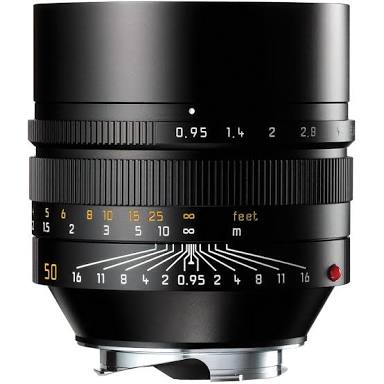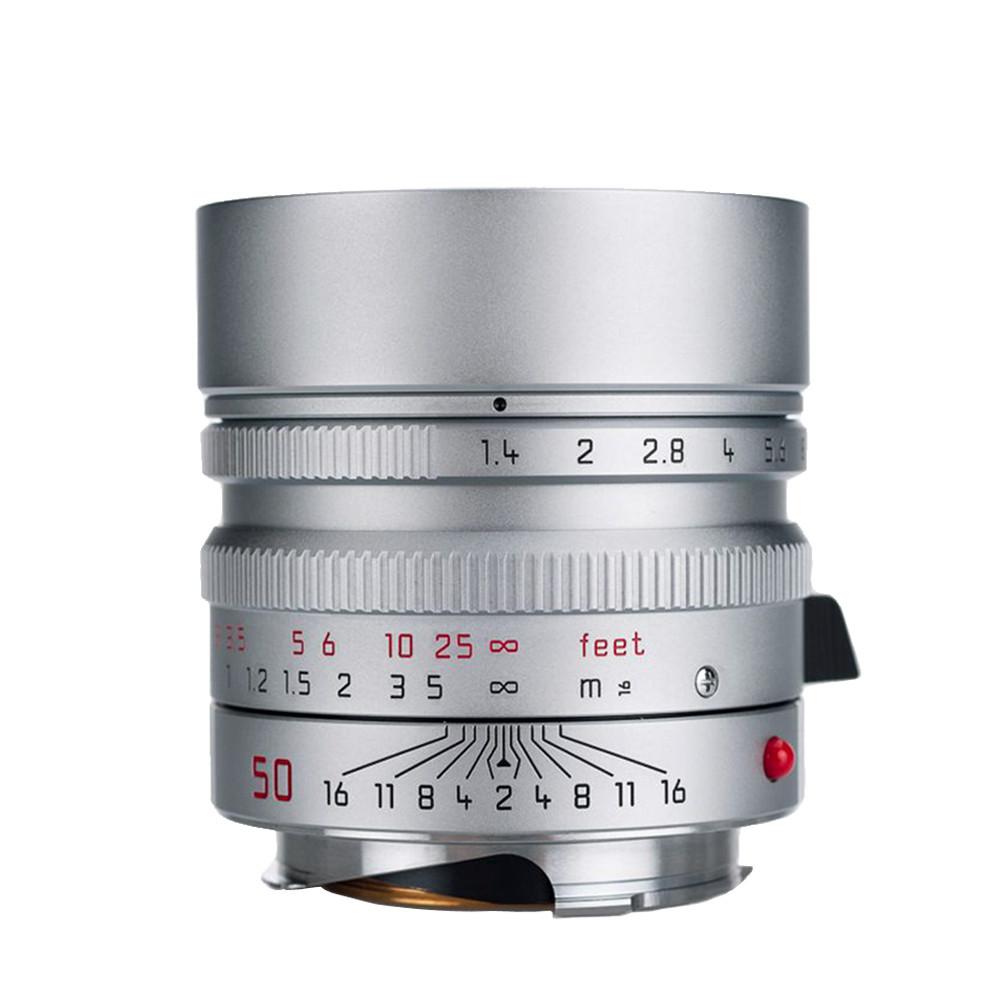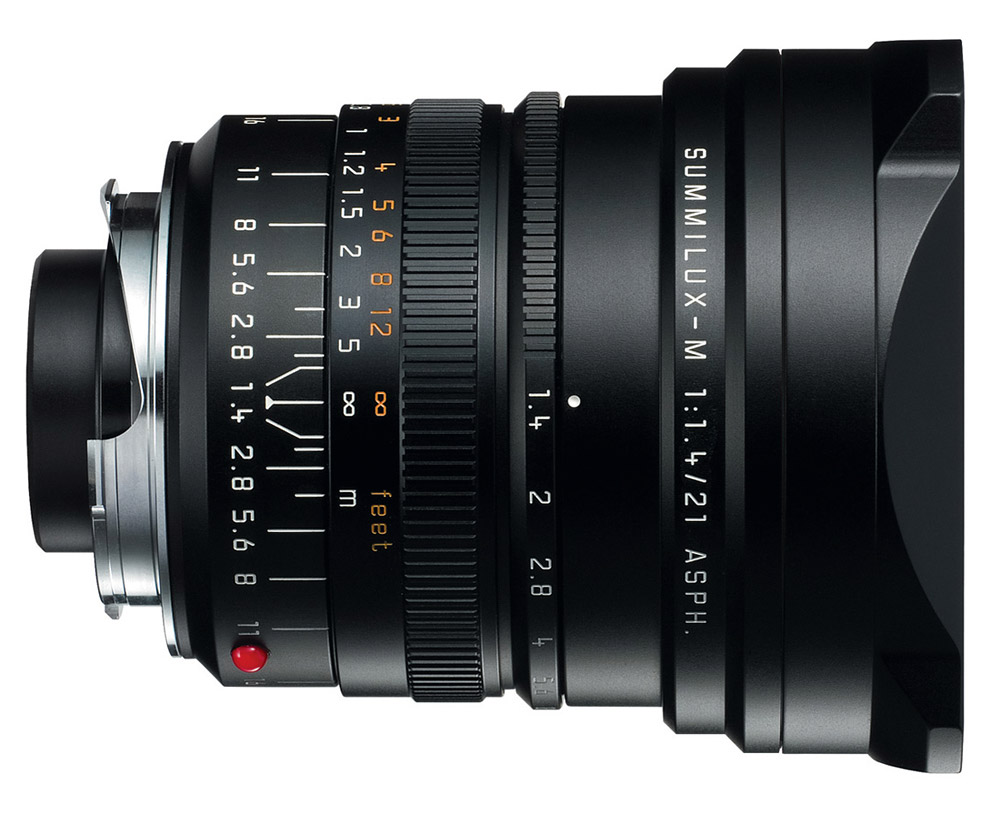Leica 75mm F1.25 Noctilux ASPH M
The Leica 50mm F0.95 Noctilux ASPH is one of the legendary Leica M lenses, which is an ultra fast lens with unique rendering and the ability to isolate the subject with exceptional low light performance.
Comparison
The Leica 50mm F0.95 Noctilux ASPH is best described as the Leica 50mm F1.4 Summilux ASPH on steroids. Everything about the Noctilux is enhanced from the Summilux including size, weight, bokeh and rendering. When shot wide open at F0.95, the lens produces amazing Leica pop and insanely shallow depth of field, which isolates the subject completely and provides almost three dimensional effect.
Build Quality
The build quality of the Leica 50mm F0.95 Noctilux ASPH lens is second to none. It is probably the most well made Leica lens of all time. The Noctilux is a large and heavy lens but it is so solid and densely constructed that sometimes make you forget its size or weight.
Image Quality
The Leica 50mm F0.95 Noctilux maintains the same rendering signature as the Leica 50mm F1.4 Summilux lens and if you are a fan of the Summilux then you will love the Noctilux as well. The rendering of the Noctilux is very modern with great colours and high contrast. When shooting wide open, the Noctilux lens offers shallower depth of field and enhanced bokeh than the Summilux lens, this will increase the image pop effect to achieve that desired Leica look.
Practical Use
The Leica 50mm F0.95 Noctilux is a big and heavy lens for Leica M Rangefinders. When mounted on camera, it tends to be front heavy and there is certain viewfinder blockage as well. During practical use, it will be difficult to carry the Noctilux for a prolong time due to its size and weight.
There is a built-in sliding lens hood which is convenient and practical. The aperture ring clicks in place nicely when selecting the aperture and the focus ring is exceptionally smooth. The Noctilux has a short focus throw which will be perfect for street photography.
Specifications
Production Year: 2008 - Present
Construction: 8 Elements / 5 Groups
Design Features:
- Two Aspherical Elements
- Five Partial Dispersion Glass Elements
- Three High Refractive Index Elements
- Floating Elements System
Maximum / Minimum Aperture: F0.95 - F16
Closet Focusing Distance: 1m
Filter Size: 60mm
Weight: 700g
Conclusion
The Leica 50mm F0.95 Noctilux ASPH offers extremely fast maximum aperture with shallow depth of field for selective focus shooting and allows to be handheld in low light conditions. If you don’t mind the size or weight of the lens and desire that maximum aperture of F0.95 then this will be the perfect lens for you.





















































